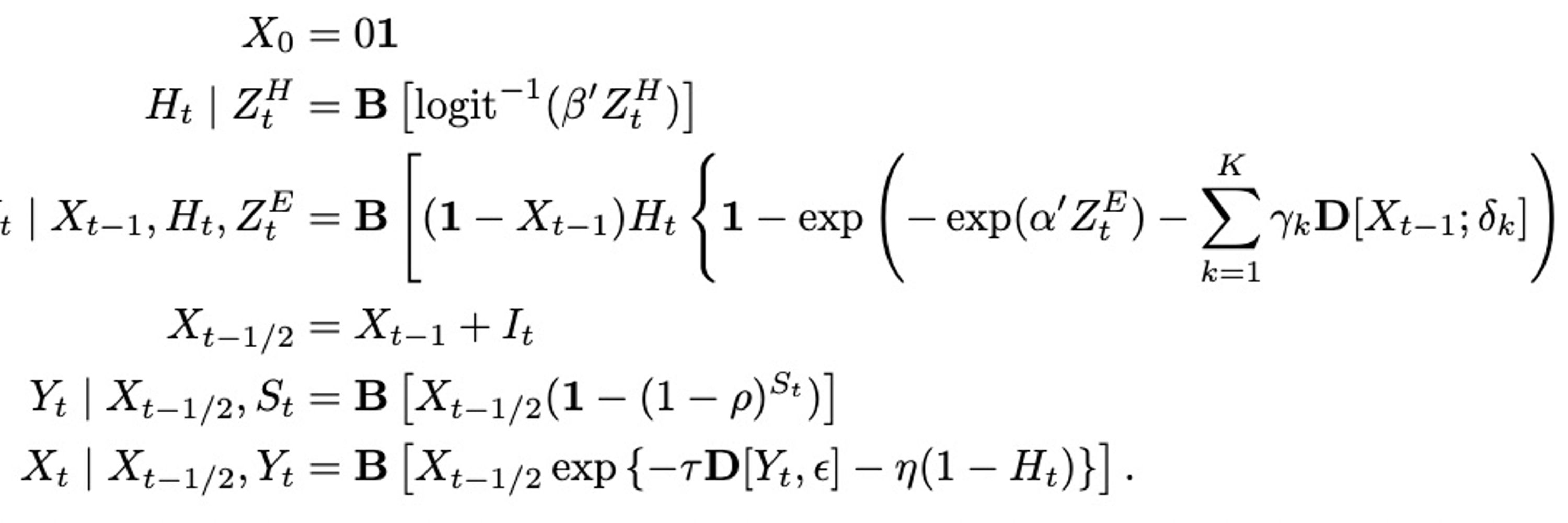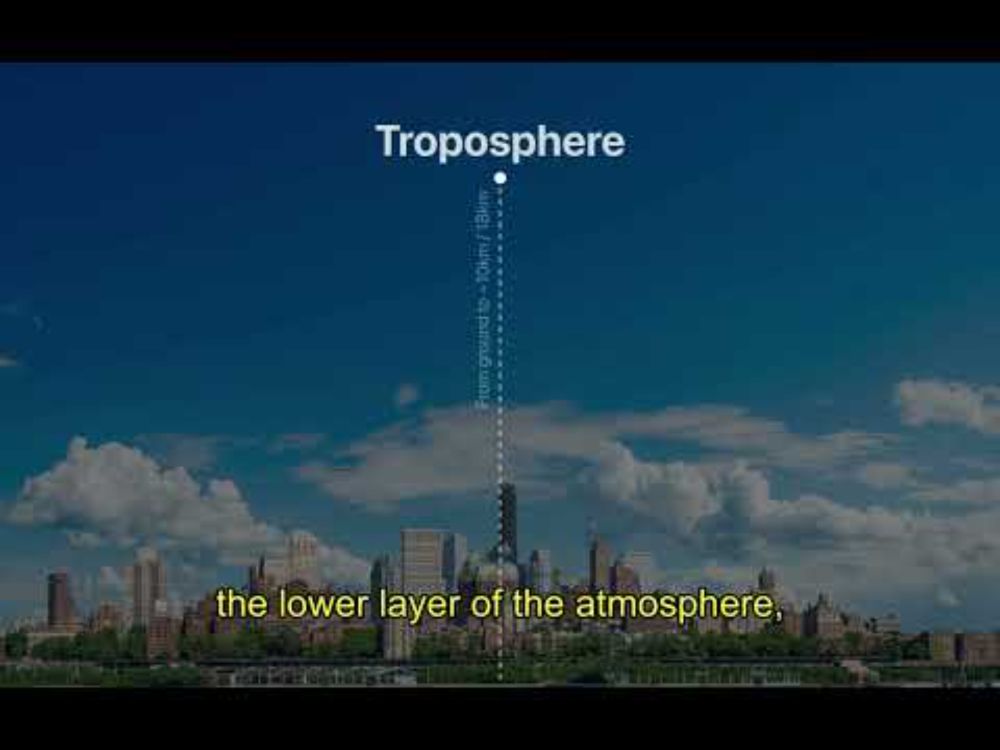
BioSP - INRAE - Avignon, France
https://samuel.biosp.org






www.quae.com/produit/1749...
#Bioinvasions
#Biosecurity
#Agriculture
#Health

www.quae.com/produit/1749...
#Bioinvasions
#Biosecurity
#Agriculture
#Health
www.youtube.com/watch?v=PoPG...

www.youtube.com/watch?v=PoPG...

doi.org/10.5281/zenodo… doi.org/10.3389/fmicb.…
doi.org/10.5281/zenodo… doi.org/10.3389/fmicb.…
doi.org/10.3389/fams.2…

doi.org/10.3389/fams.2…
doi.org/10.1371/journa…

doi.org/10.1371/journa…
doi.org/10.3389/fmed.2…
doi.org/10.3389/fmed.2…
informatique-mia.inrae.fr/biosp/covid-19

doi.org/10.1016/j.spas…

doi.org/10.1016/j.spas…
doi.org/10.1111/nph.15… doi.org/10.1007/s00285…
doi.org/10.1111/nph.15… doi.org/10.1007/s00285…
royalsocietypublishing.org/doi/10.1098/rs…

royalsocietypublishing.org/doi/10.1098/rs…
doi.org/10.1094/PHYTO-…

doi.org/10.1094/PHYTO-…
frontiersin.org/articles/10.33…

frontiersin.org/articles/10.33…
informatique-mia.inra.fr/biosp/pesv-cdd… informatique-mia.inra.fr/biosp/pesv-cdd…
informatique-mia.inra.fr/biosp/pesv-cdd… informatique-mia.inra.fr/biosp/pesv-cdd…
informatique-mia.inra.fr/biosp/pilote-p…
informatique-mia.inra.fr/biosp/pilote-p…
doi.org/10.1111/nph.15…
doi.org/10.1111/nph.15…
cran.r-project.org/web/packages/b… doi.org/10.1111/risa.1…
cran.r-project.org/web/packages/b… doi.org/10.1111/risa.1…
cran.r-project.org/web/packages/S… doi.org/10.1094/PHYTO-…
cran.r-project.org/web/packages/S… doi.org/10.1094/PHYTO-…
informatique-mia.inra.fr/biosp/node/62
informatique-mia.inra.fr/biosp/node/62

